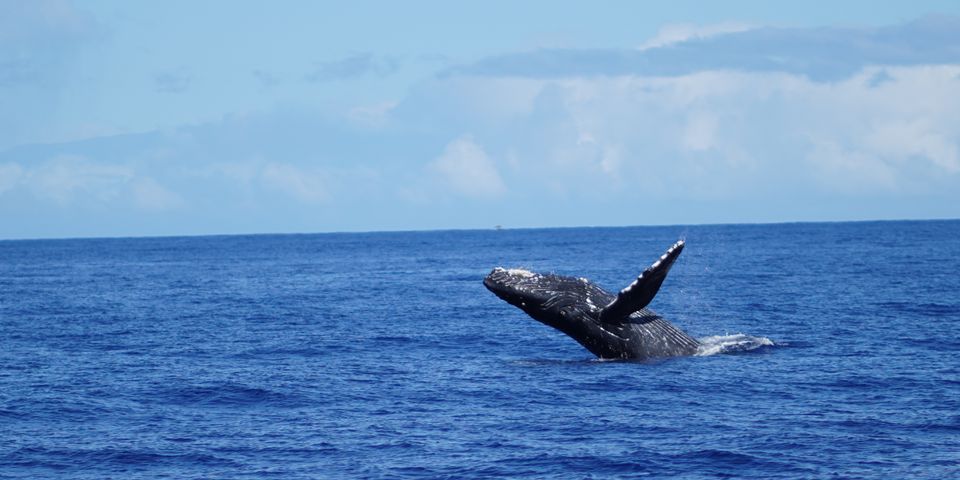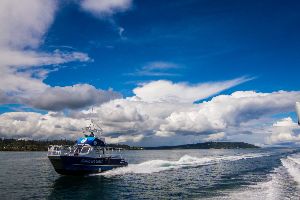A Guide to the North Pacific Humpback's Migration Patterns

If you’re hoping to see majestic humpbacks the next time you go whale watching off the coast of Hawaii, familiarize yourself with their migration patterns. The North Pacific population travels from Alaska to Hawaii between November and May, with most making the trip by January. After mating, birthing, and nurturing their calves in the warm waters off the island chain, they head back to Alaska for the summer. Here's a closer look at their migration patterns to inform you before your excursion.
Why Do Humpback Whales Migrate?
Researchers have a few theories about why humpback whales make some of the longest migrations in the animal kingdom every year. It's widely recognized that they breed in warmer waters and follow the most bountiful sources of food. Scientists have recently discovered a third reason as well: to maintain healthy skin.

All whales shed their skin through a process called molting. Since they must conserve body heat when living in freezing Alaskan waters, they can't divert enough blood to the skin to molt properly. In the warm Hawaiian waters, on the other hand, whales can slough their skin as needed because they have adequate circulation to promote the regeneration of new skin.
Why Are Migration Patterns Important?
Animals that migrate contribute to the health of the ecosystem. They help balance the food chain by keeping their prey from overpopulating and feeding their predators. They also help other species, like parasites, reproduce across a much wider area.
Migratory patterns have economic significance as well. Thanks to the humpbacks, whale watching contributes to tourism in both Alaska and Hawaii.
If you want to see humpback whales off the coast of Hawaii, plan a whale watching excursion with Aquatic Life Divers. Operating out of Kailua-Kona on the Big Island, this charter company offers the opportunity to see breathtaking ocean life in its natural habitat while also implementing preservation efforts. To book your whale watching adventure, visit their website or call (808) 345-4411.
About the Business
Have a question? Ask the experts!
Send your question

